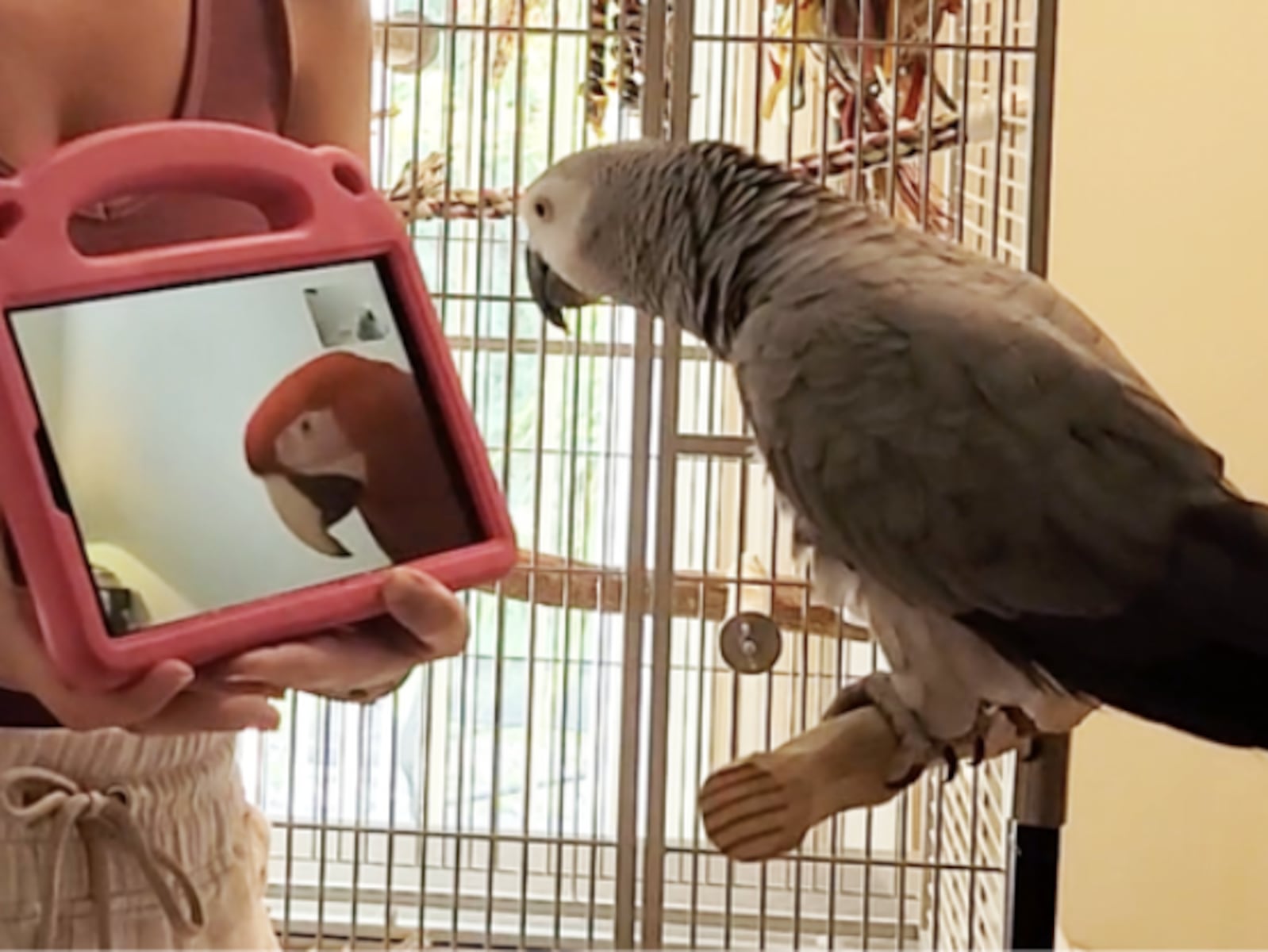A newly identified species of fossil billfish has been named in honor of the late Emeritus Professor Ewan Fordyce, a prominent figure in vertebrate paleontology. The species, Zealandorhynchus fordycei, recognizes Fordyce’s significant contributions during his 40-year tenure at the University of Otago, located in Otago, New Zealand. He passed away in November 2023, leaving behind a legacy that has inspired countless young researchers.
The discovery, detailed in a recent paper published in the journal Gondwana Research, involves two rare fossil billfish skulls dating back to the early Eocene period, approximately 50 million years ago. These specimens were unearthed in Otago, a region known for its rich paleontological history. Billfish, characterized by their elongated upper jaws, are large predatory fish, including species like marlins and swordfish.
Lead author Dr. Seabourne Rust emphasized the significance of the skulls, stating that they represent early extinct forms of billfish. “The more complete skull belongs to a new genus and species that we have named Zealandorhynchus fordycei, after the late Professor Fordyce,” Rust noted. The recent find was made by co-author Morne Wium, near the location of a previous fossil discovery made almost four decades earlier. Both skulls are now part of the Earth Science New Zealand National Paleontological Collection.
Due to their substantial size, the fossils likely belonged to adult billfish, estimated to measure several meters in length. Dr. Rust remarked, “These billfish specimens represent notable additions to a rather sparse Early Eocene fish macrofossil record from New Zealand.” He explained that the fossils offer insights into the ancient diversity and distribution of billfish, suggesting they were more widespread in the southern regions than previously understood.
Dr. Rust’s academic journey began at the University of Otago, where he completed a Master of Science thesis on fossil fish under Professor Fordyce’s mentorship from 1997 to 2000. “Ewan gave so much to his students; his well-illustrated lectures and legendary field trips brought the subject to life,” Rust reflected. He highlighted Fordyce’s impact on aspiring paleontologists, noting how his work on fossil vertebrates from Southern Zealandia has left a lasting mark.
Through extensive fieldwork in North Otago and Canterbury, Fordyce contributed to the discovery of ancient whales and dolphins, illuminating aspects of prehistoric marine life. “My colleagues and I felt very privileged to honor Ewan’s memory by naming our new fossil billfish taxon after him,” Rust added.
As the scientific community continues to explore the fossil record, discoveries like Zealandorhynchus fordycei not only enhance understanding of ancient ecosystems but also pay tribute to the legacy of dedicated researchers like Fordyce, whose work has shaped the field of paleontology.
For further details, consult the study published in Gondwana Research: Seabourne Rust et al., “Fossil billfish (Xiphioidei) from the Eocene of Hampden, North Otago, New Zealand,” DOI: 10.1016/j.gr.2025.09.021.







